Detecting Glaucoma: The Importance of Regular Eye Exams
December 12, 2023
Have Any Questions?
Please contact us, if you have any queries
Categories
What is glaucoma?
Glaucoma is a group of eye diseases that damage the optic nerve, which carries visual information from the eye to the brain. Glaucoma is often caused by increased eye pressure, but it can also occur in people with normal eye pressure.
Why is it important to detect glaucoma early?
Glaucoma is a leading cause of blindness in adults, but it is often preventable with early detection and treatment. Glaucoma usually progresses without any symptoms, so it is important to have regular eye exams, even if you have good vision.
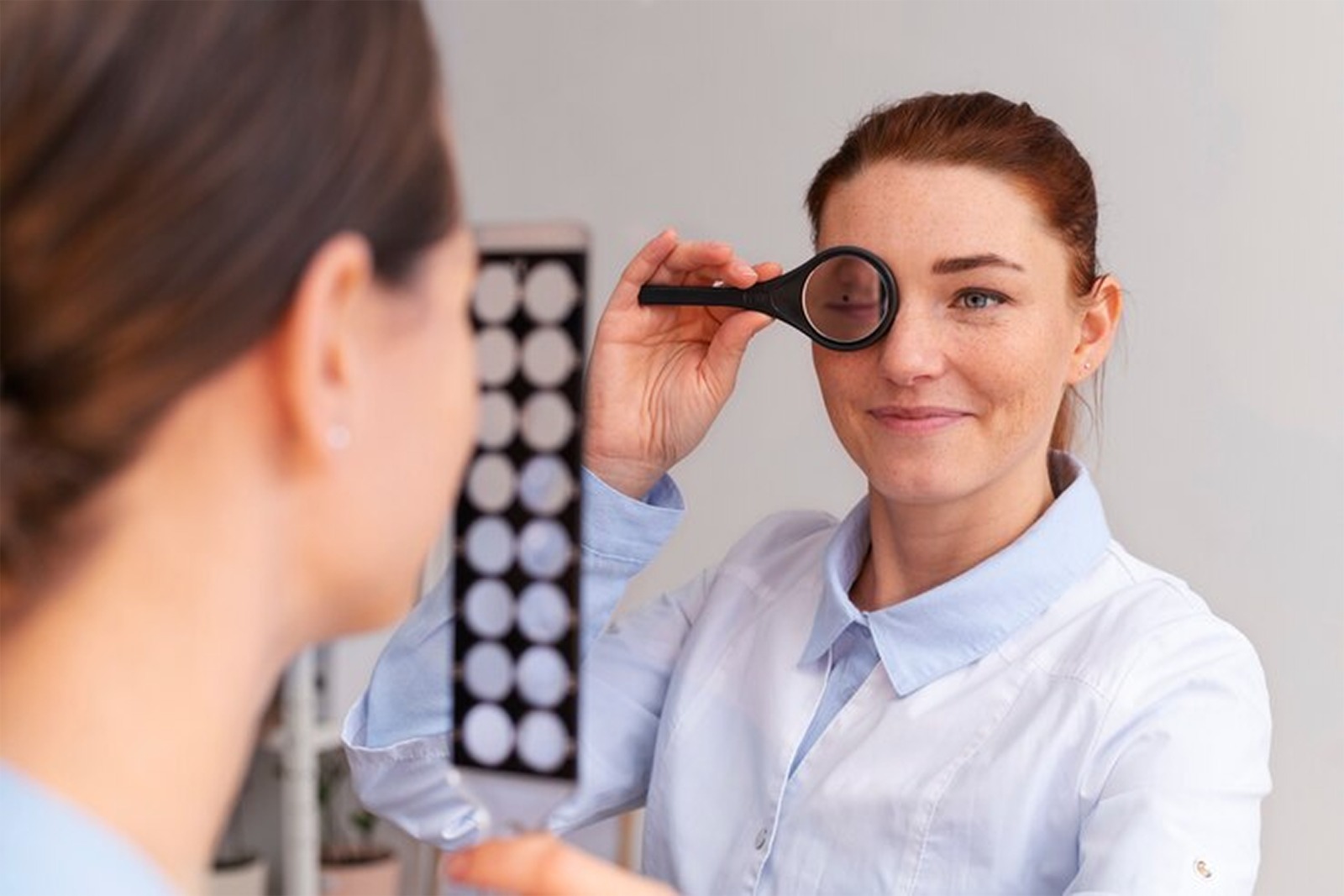
How is glaucoma detected?
A comprehensive eye exam includes a variety of tests to check for glaucoma, including:
- Tonometry: This test measures the pressure inside the eye.
- Ophthalmoscopy: The doctor will examine the optic nerve and retina for signs of damage.
- Visual field test: This test measures the range of peripheral vision.
Who is at risk for glaucoma?
Certain people are at higher risk for developing glaucoma, including:
- People over the age of 40
- People with a family history of glaucoma
- People with high eye pressure
- People with diabetes
- People with a history of eye injuries
How is glaucoma treated?
There is no cure for glaucoma, but there are treatments to slow or stop the progression of the disease and prevent vision loss. Treatment options include eye drops, laser surgery, and conventional surgery.
The importance of regular eye exams
Regular eye exams are the best way to detect glaucoma early and prevent vision loss. The American Academy of Ophthalmology recommends that adults have a comprehensive eye exam every two years, or more often if they are at high risk for glaucoma.
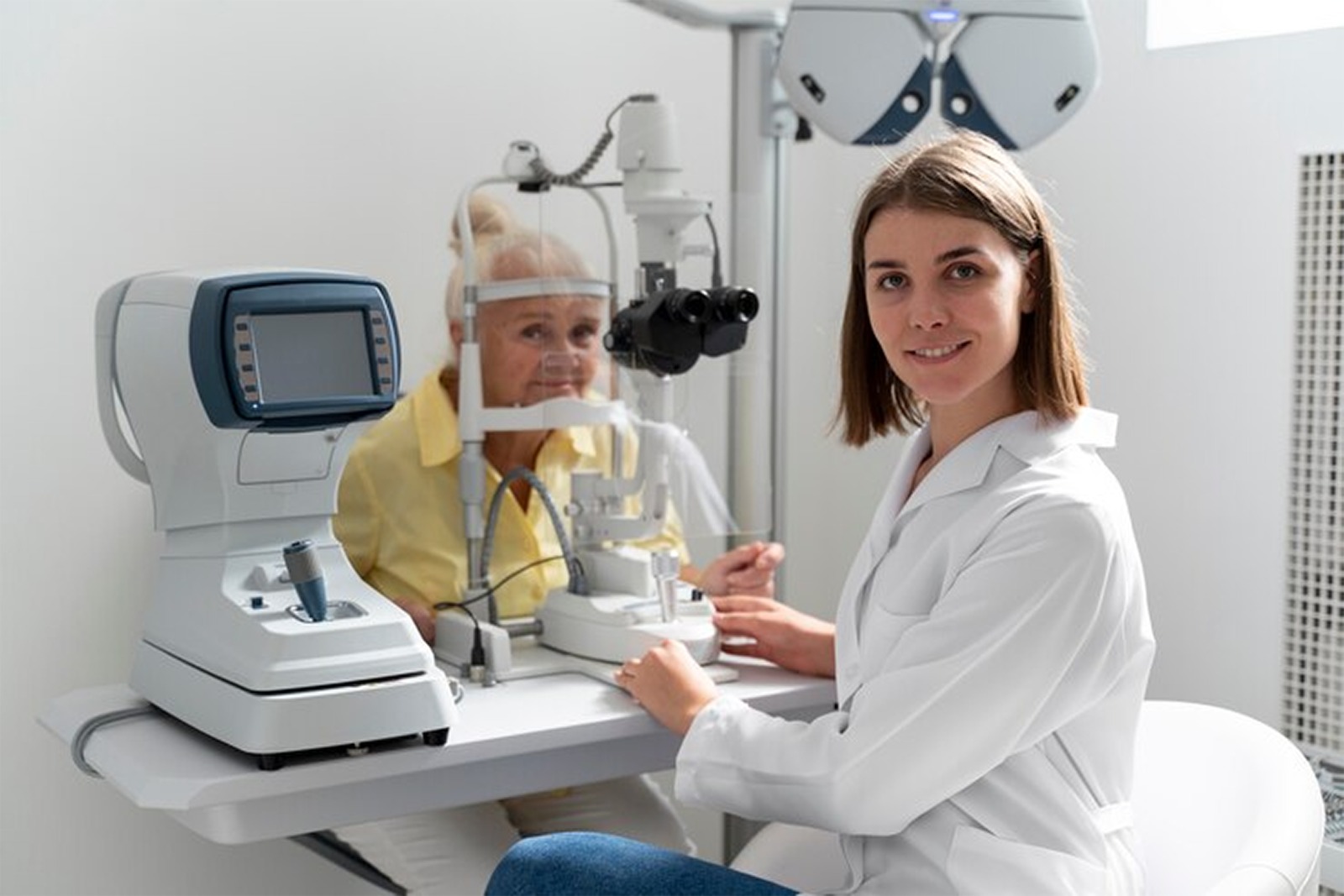
Here are some tips for getting the most out of your eye exam:
- Be sure to tell your eye doctor about any medical conditions you have or medications you are taking.
- Bring a list of all your medications to your appointment.
- Be honest with your eye doctor about your vision and any concerns you have.
- Ask your eye doctor about your risk for glaucoma and how often you should have your eyes examined.
Glaucoma is a serious eye disease, but it is often preventable with early detection and treatment. Regular eye exams, such as those conducted at Dr. Rani Menon’s Eye Clinic in Trissur, are the best way to detect glaucoma early and protect your vision. Dr. Rani Menon’s Eye Clinic is dedicated to providing comprehensive eye care services, ensuring that patients receive the necessary screenings and treatment options to maintain their eye health. So, don’t wait – schedule your regular eye exam today to safeguard your vision and prevent the onset of glaucoma.



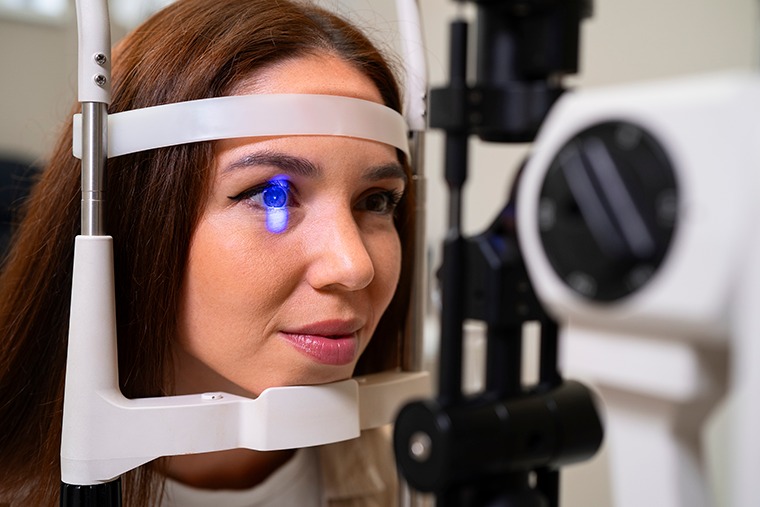


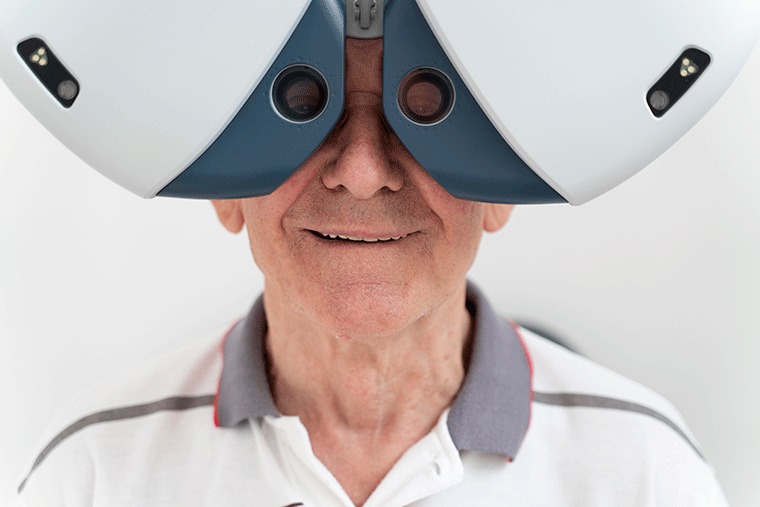
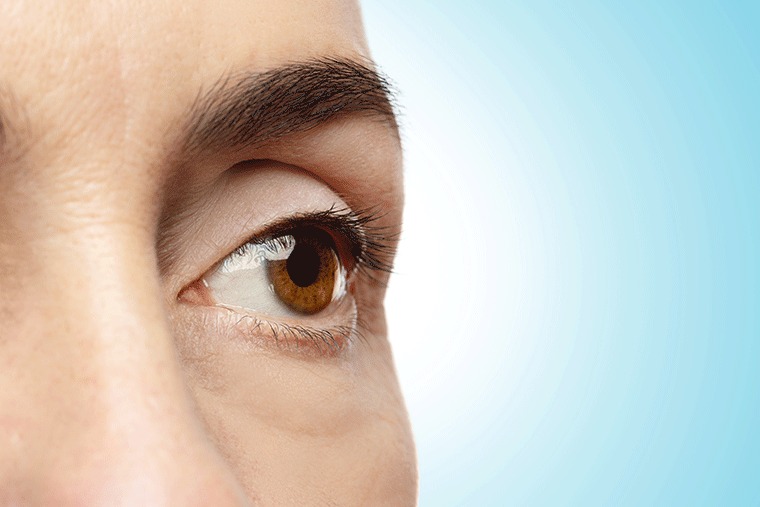

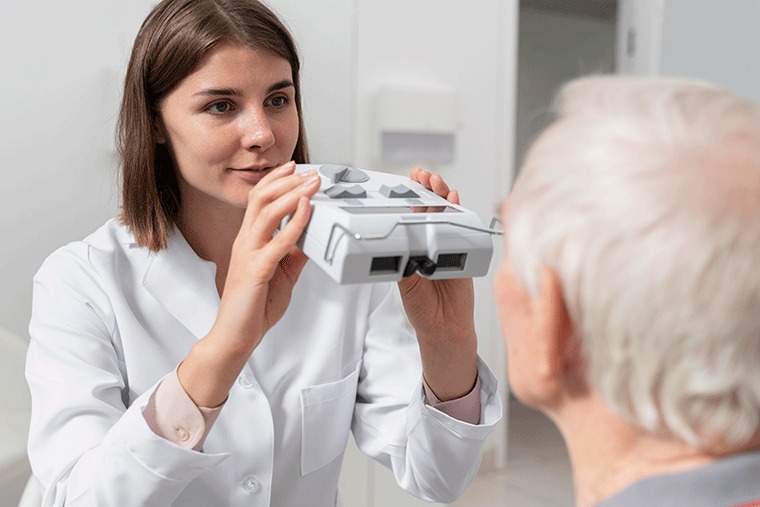 When is surgery necessary for glaucoma?
When is surgery necessary for glaucoma?